10 Giant Menorahs That Will Light Up for Hanukkah in NYC
From Brooklyn to the Bronx, we’ve rounded up the most exciting giant menorahs that will light up throughout the next eight evenings!


“The light at the end of the tunnel is New Jersey,” said Marc Baron, our tour guide, as the On Location Tours bus exited the Lincoln Tunnel, depositing us in the Garden State. That same key point in the tunnel appeared in the opening credits of one of the most popular shows on television. And that’s what this tour was all about — a 4 hour journey looking at key moments over an 8 year span where people were hurt, lied to, and murdered in the television show The Sopranos.
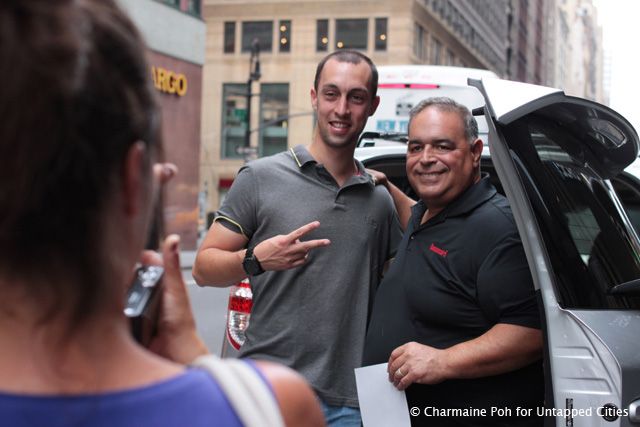
The tour bus continued to make its way through New Jersey. Here and there the bus slowed and paused so that we — an assortment of people from around the world who have been united through the intrigue of mobster movies and shows — could view locations appearing in the opening credits such as the statue of the Muffler Man, and the Pizzaland restaurant. All the while, Mr. Baron continued to give us insider information on the show which depicts Tony Soprano (played by James Gandolfini) as the head of an organized crime family in New Jersey.
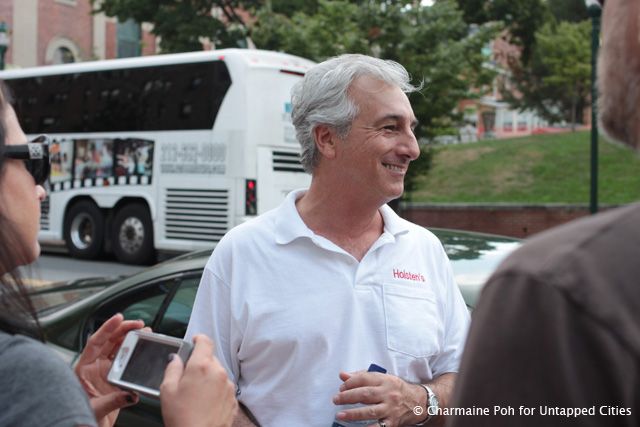
Driving through quiet neighborhoods, passed mom and pop stores, warehouses, car lots, and marshes brought on a certain feel found only in this part of the world which in turn brought us closer to the world of The Sopranos. This was due to the shows producer, David Chase, who favored filming on location rather than using a fake backdrop. On location filming brought a gritty unkept feel to the show which made it seem more real, and in some ways, understandable — or at least, accessible to the viewer.
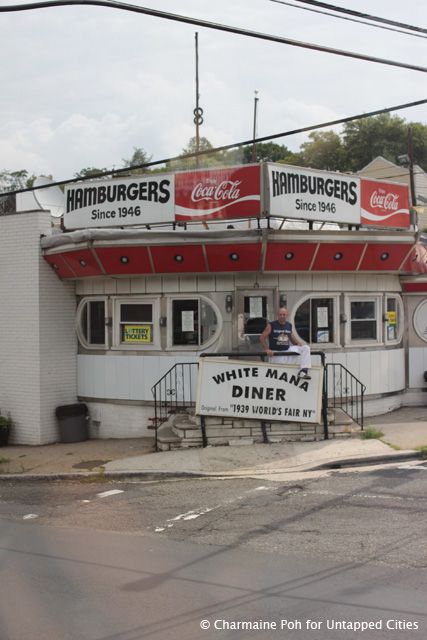
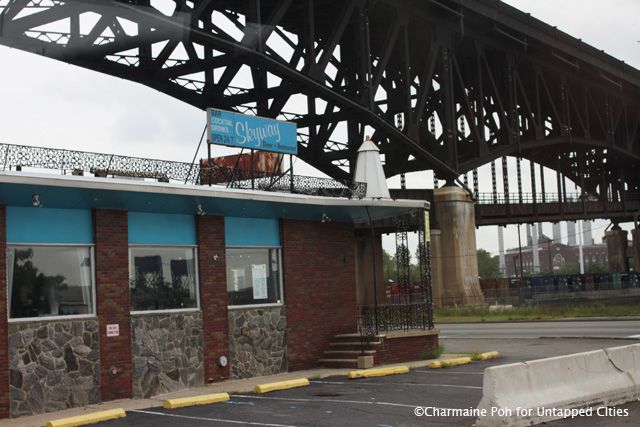
The bus pulled off to the side and we stepped out. In front of us was the Skyway Diner with the Pulaski Skyway looming overhead, and gray skies beyond that. This was the location of a scene where Christopher Moltisanti (played by Michael Imperioli) was shot in the episode titled “Full Metal Jacket.” When we got back onto the bus the scene itself was played via the overhead monitors. The scene begins casually enough with two guys in a car greeting Chris who stands outside of the diner. Just then, the passenger in the car pulls a gun on Chris and fires off a few rounds. Chris falls to the ground, wounded but still alive. He manages to pull a gun from his ankle holster and kills the passenger who shot him. Gunfire exchanges between Chris and the driver who ends up running away on foot.
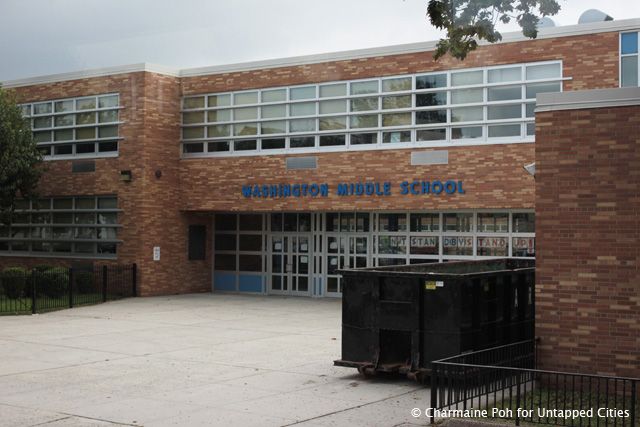
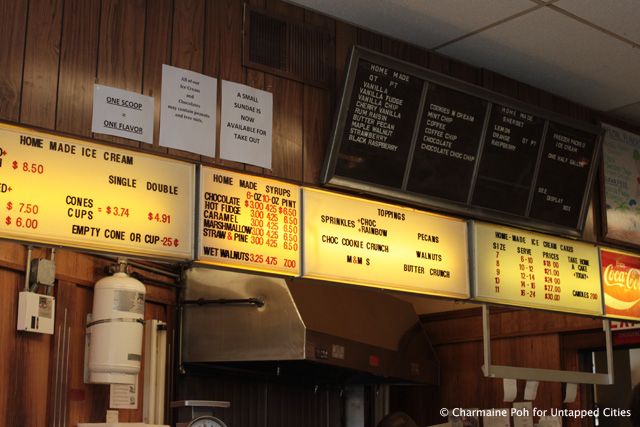
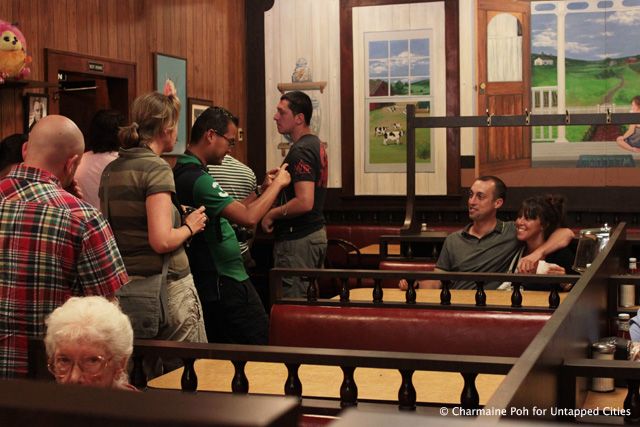
Other stops were made throughout New Jersey. We took a quick walk in Kearny where many shots were filmed near St. Cecilia Church. We also drove passed the Cleveland Auto Body shop — another key filming location. Our second to last stop was Holsten’s Brookdale Confectionery Ice Cream Parlor. We walked in and received a complimentary bag of onion rings. We made our way to the back taking turns sitting in a booth where the final scene of the show took place.
In the episode, as Tony Soprano sits waiting for his family to join him, he plays a song on the juke box — Don’t Stop Believing by Journey. His wife comes in and sits at the booth with him, followed shortly by their son. Their daughter, who is shown parking the car, is the last one that they wait for. The camera focuses on several men strewn throughout the parlor during the entire scene. His daughter runs up to the parlor. The sound of a bell signaling that someone is entering is heard. Tony looks up to see who it is. The final two words of the song “don’t stop” play, and the screen goes black.
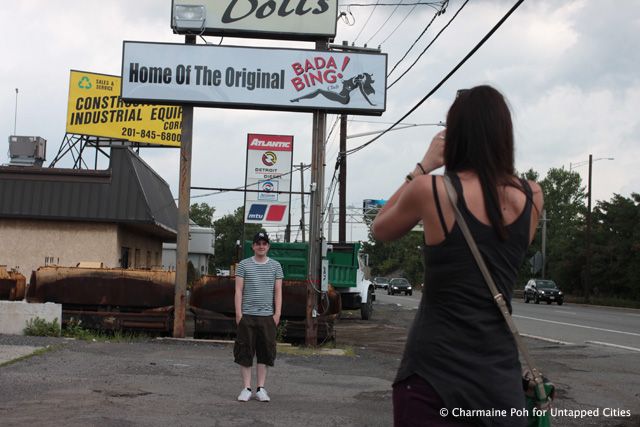
The final stop on the tour was Satin Dolls, also known as the Bada Bing Club in the television show. We filed out of the bus at around 1:20 in the afternoon, took pictures of the sign, and walked in. The place was almost empty but the girls still performed. Most of the group sat at the bar having a drink with the rest just standing around. Just like all the previous locations, this one looked the same as on TV. You could easily imagine Tony sitting there, having a drink and counting his money.
The strip club, the Cleveland Auto Body shop, the Skyway Diner, St. Cecilia’s, and Holsten’s Ice Cream Parlor are all real locations, and by filming there the producer was able to give the show an air of authenticity. While the show tends to be quite depressing, the locations themselves did not represent this. Kids played on the sidewalk and people enjoyed themselves at the parlor. The show wasn’t about a typical family in New Jersey, it was about a crime family — a family bent on its own destruction. Filming in the real life locations allowed the viewer to ground themselves before embarking on a journey where people are hurt, lied to, and then get whacked in the end.
For more film and TV tours, visit the On Location website.
Subscribe to our newsletter